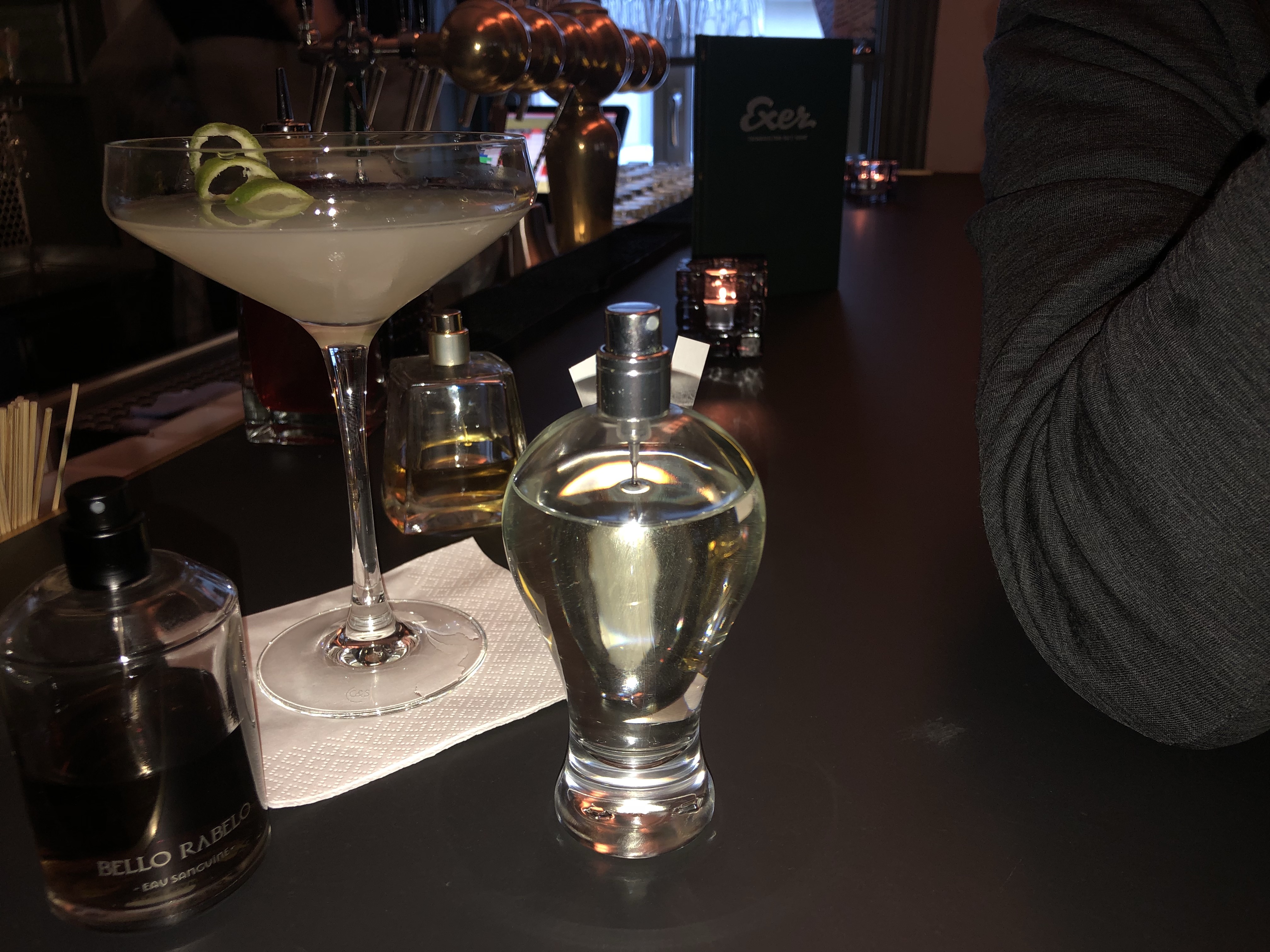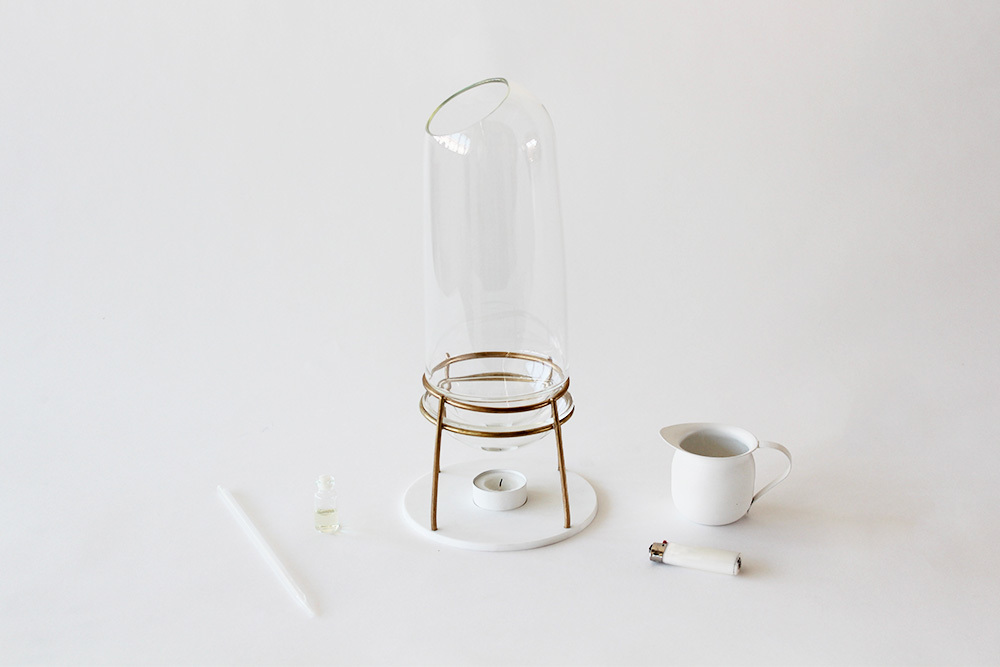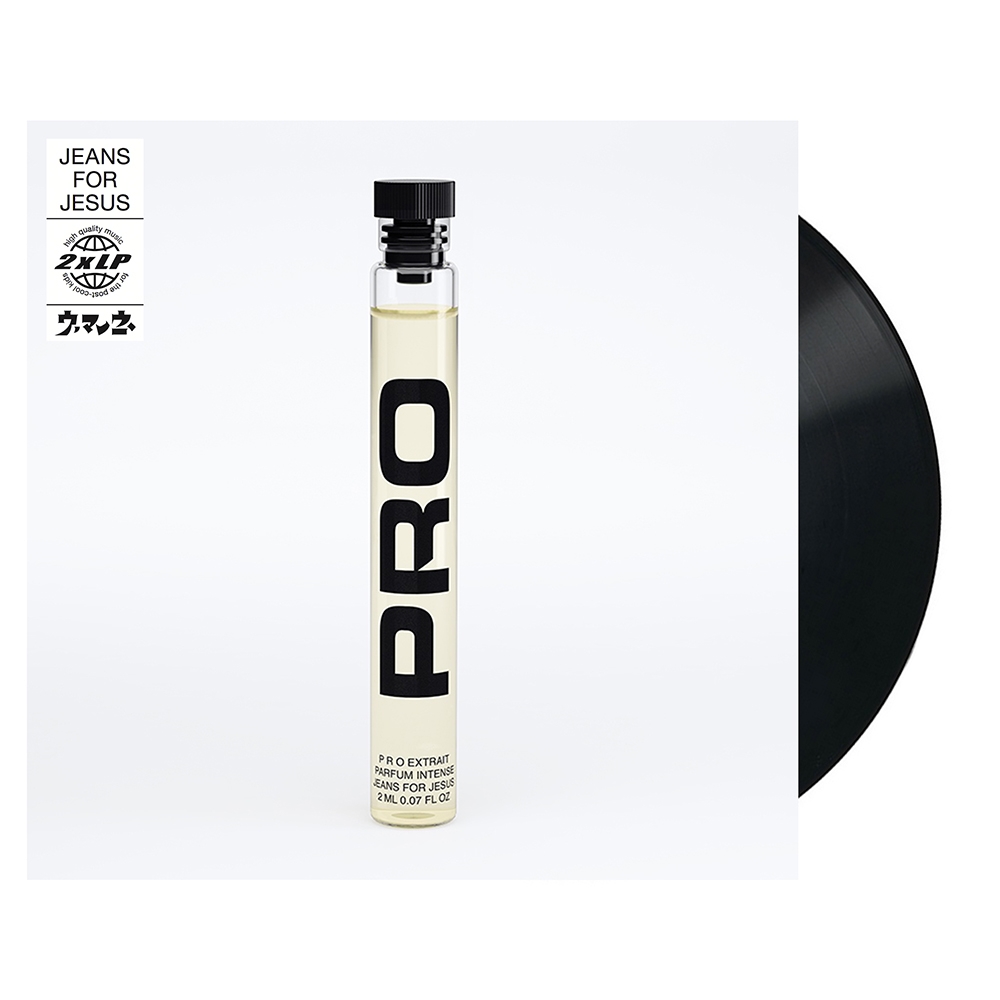“There are strong perfumes for which all matter is porous. One would say they go through glass…” — CHARLES BAUDELAIRE
“Scent Culturalizing” the end of an industrial era
Germany will shut down its remaining black coal mines by the end of this year. This plan seals the fate of the sector that powered the country’s industrial revolution and post-war economic miracle. Since its early beginnings in the early 1970s this fundamental shift has had widespread implications the former industrial heartland of Germany. Given its links to human memory smells are medium of choice to work on the end of an industrial age.
Thus, the Art Museum at Mühlheim an der Ruhr takes this opportunity to invite Helga Griffiths, an artist who has been working across the boundaries of science, technology and different media (including the sense of smell) for quite a while. We have previously wrote about her work.
For the upcoming exhibition (6 May – 16 September 2018) Griffiths starts with coal as a material for different transformative processes. Destillation technologies are used to arrive at the essence of coal. A special scent edition will be offered on the occasion of this exhibition (allowing the user to keep memories of this passing industrial age).
Rotten eggs on the road?
A car is a means of transportation. This is obvious. What is less obvious however is that the car shows specific sensory or even olfactory qualities: A car uses smelly petrol or diesel. Driving a car even turns the vehicle into an openair-design machine. At the end of the day emissions scent the environment. On the other hand, drivers increasingly care about the odors in the interior of a car. And the users leave their olfactory traces in the car. Thus, the interior smell preserves the use of the car. The car serves as an “olfactory diary” as Caro Verbeek called it. This provisional list of facets demonstrates the car as an olfactory artifact.

In my talk at yesterday’s edition of Odorama at Mediamatic in Amsterdam I explored different facets of the car as an olfactory artifact. Some of the material I presented has recently been published in an essay. This is the reason why I would like to focus this post on the concluding passage of my talk:
The epistemology of car smells.

Knowing smells
In everyday language epistemology refers to knowledge. However, the point is not the common knowledge about the smell. Instead, an epistemology of car smells refers to what smell actually know:
The smell of rotten eggs for example points at the catalytic converter. Normally, the gasoline that fuels a car contains sulfur. The catalytic converter takes this by-product and converts it into odorless sulfur dioxide. In this respect, the smell of rotten eggs signals a technical problem with the catalytic converter.
Similarly, a whiff of maple syrup could point at leaking coolant since coolant contains ethylene glycol, which smells sweet but is actually very toxic. Moreover, how-to pages on the internet mention a number of other smells that car drivers might notice: the smell of fire & brimstone, a burning moldy newspaper, a locker room or burned carpet smells.
Smells as symptoms
What these smells have in common is that they can be a symptom of an underlying problem with the car. These car smells activate the nose as an diagnosing device. What is interesting about how-to pages addressing car smells? Why do I talk about this as a scholar on scent and smell culture?
A healthy car is odor-free
We live in an widely de-odorized world. According to the sociologist Zygmunt Bauman â€modernity declared war on smellsâ€. In this respect, it is worth reading how the how-to pages address the car smells: â€A healthy car should be emitting no smells“. In other words a car that emits smells needs treatment because smells “may mean your car is sick“! Isn’t it striking how agency and personhood is attributed to the car? And we all know that hospitals have also served as a means to surround fleeting smells with a fence. Even a car should conform with the the social norm of a deodorized world!
Smell is a cognitive power
One easily thinks of the knowledge about smell (e.g. knowledge about olfactory families etc.). It is less common to think of smell as a cognitive quality or perhaps even power. Yet, smell is a cognitive power in its own right. An epistemology of car smells makes the point that smells can be knowing smells. Given the ephemeral materiality of smells it is difficult to think of smells as objects and agents. In fact, “knowing smells” might take the point too far. Yet, there is a growing literature on the epistemic (i.e. knowledge) qualities and services of a visual practice, a photograph or a tube in the laboratory. By the same token smelling a burning molding newspaper in the car can be considered a knowledge practice. It is this underexplored type of knowledge practice that makes car smells an interesting topic in the emerging smell culture discourse.
The auto mechanic as a smell expert
In times of growing specialization and differentiation one thinks of perfumers as the and perhaps even the most privileged smell specialists: A perfumer knows the smells, a perfumer can name the smells, a perfumer might even be able to analyze and synthesize the smells. This is all true. No doubt about this. But it is also true that olfactory expertise has always been an integral part of professional knowledge cultures: In the middle ages monks used smells to diagnose an illness (e.g. Duft 1972). Other professions and everyday practices also hinge upon sensory work including smelling (Curtis 2008; Hockey 2009). Given the increasing relevance of objective measurement technologies it is certainly valid to speak of a crisis of legitimacy with respect to the sensory work of diagnosis (Maslen 2016). Yet, the examples of car smells demonstrate the lasting relevance of smelling as a knowledge practice. Smell is part of the knowledge in numerous professions and crafts (including the auto mechanic).
Let’s continue to think about crafts and professional practices along this line of sensory practice.
[blog_subscription_form title=”” title_following=”You are already subscribed” subscribe_text=”” subscribe_logged_in=”Click to subscribe to this site” subscribe_button=”Click me!” show_subscribers_total=true]
References
Image source:
A sociology of smell
“Smell is in the nose of the smeller, but also in the culture of the smeller.” – ANTONY SYNNOTT
Continue reading A sociology of smell
He suffered death and was buried
The entombment of Christ is one of several standard representations of Jesus’s suffering and death at the hands of the Romans. According to the Christian tradition Pontius Pilate granted Joseph of Arimathea permission to take Christ’s body down from the cross for burial. In addition, the gospel according to John mentions Nicodemus who brings a mixture of myrrh and aloes—about 100 Roman pounds (33 kg)—for embalming Jesus’ body according to Jewish custom.
This detail is part of the piece by Adriaen van der Werff that is on display the Alte Pinakothek in Munich.

[blog_subscription_form title=”” title_following=”You are already subscribed” subscribe_text=”” subscribe_logged_in=”Click to subscribe to this site” subscribe_button=”Click me!” show_subscribers_total=true]
Designing products for a new scent culture
The ongoing normalization of ambient scent creates a growing need for diffusers. In most cases diffusers convey some distinct atmosphere: it might be somehow esoteric or rather technical. But there are very few products we have seen so far that seem to resonate with current design culture. Continue reading Designing products for a new scent culture
When will there be a professor for olfaction & space? And where?
The University of Applied Sciences & Arts Hildesheim is looking for a new professor for “light & space” for its department of lighting design. Reflecting on the olfactory turn we slightly rewrote the official job opening: Continue reading When will there be a professor for olfaction & space? And where?
Odorama on car smells at Mediamatic
We have been looking at cars as “olfactory artifact” for quite a while. In fact, the automobile sector is part of a larger interest in the aesthetic and experience economy. Continue reading Odorama on car smells at Mediamatic
Scents beyond conventional perfumery
There is a long lasting history of dealing with scent in pop music. More recently, Jeans for Jesus, a widely known player in the local pop music scene in Switzerland, made an interesting move: Continue reading Scents beyond conventional perfumery
Scent Culture Initiative: Gelungener Nose Cocktail in Zürich
Unsere Scent Culture Initiative erlebte einen kurzweiligen Abend mit bekannten und vor allem auch neuen Gesichtern und Ideen aus unterschiedlichen Bereichen. Lucas Heusser hatte Drinks und passende Düfte vorbereitet.
Möglich war dies dank befreundeter Geister im Hintergrund: Mayumi Matthaeus von Süskind.  Merci an alle fürs Kommen, Ideen und Weitersagen…
Beim nächsten Mal geht es vielleicht nach draussen…. aber das sehen wir noch…
Für eine Ankündigung am besten eine kurze Email an uns oder einfach die Webseite abonnieren.
Â

Continue reading Scent Culture Initiative: Gelungener Nose Cocktail in Zürich







